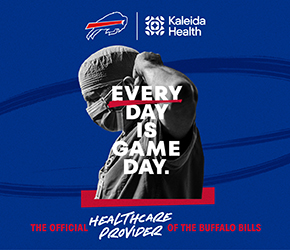Warning Signs of Gastrointestinal Issues

Gastrointestinal issues (GI) are prevalent worldwide. A recent analysis published in the journal Gastroenterology indicated there were 2.86 billion prevalent cases of digestive diseases in 2019. Such figures astound and underscore just how significant a problem GIs are for people from all walks of life and around the globe.
It’s easy to write off specific gastrointestinal issues as mere nuisances. But any discomfort or pain in the abdominal area merits consultation with a physician, as untreated GIs can result in unwanted and dangerous consequences, including death. With that in mind, individuals are urged to recognize these symptoms of GIs and to report any that appear to a physician.
Cramps
Abdominal cramps are a known indicator of Crohn’s disease, an inflammatory bowel disease characterized by chronic inflammation of the gastrointestinal tract, according to the Crohn’s & Colitis Foundation. WebMD notes that abdominal cramps associated with Crohn’s disease flare up when the disease is active.
Abdominal swelling
Abdominal distension is the term used to describe an abdomen that is abnormally swollen outward. The Cleveland Clinic notes this distension is visible and sometimes even measurable. This condition can make a person feel bloated or as if gas or digestive contents are trapped in their stomach. The Cleveland Clinic notes chronic abdominal distension is often a sign of an underlying digestive issue, which may include celiac disease and inflammatory bowel disease.
Dehydration
Dehydration can be symptomatic of a wide range of ailments, including small bowel obstruction. The online medical resource Healthline reports that a small bowel obstruction can block the contents of the small intestine from passing through the digestive tract. This potentially serious condition can cause cramps and also lead to dehydration.
Bloody bowel movements
WebMD notes that blood after wiping could indicate any of several serious issues affecting the gastrointestinal system. Blood in the toilet after a bowel movement is another sign that merits immediate discussion with a physician. The presence of either or both of these symptoms may be a sign of colon cancer, colon polyps, colitis, diverticulosis, or other issues, including rectal tears or hemorrhoids.
Lower right abdominal pain
Lower right abdominal pain is a potential warning sign of appendicitis, which is an inflammation of the small pouch known as the appendix that protrudes from the large intestine. The Cleveland Clinic notes this pain might begin around the belly button and then gradually intensify and shift toward the lower right abdomen.
Gastrointestinal issues affect billions of people worldwide. Learning to recognize these symptoms can compel people to get potentially life-saving treatment. Also, remember, “45 is the new 50.” The American Cancer Society now recommends that colon cancer screening begin at age 45. Schedule your appointment today!











